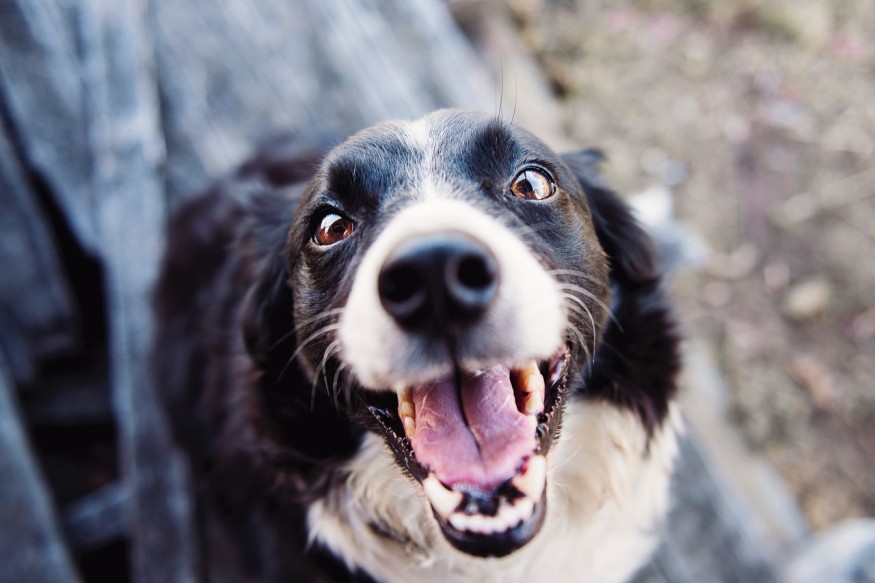For generations, dogs have been referred to as man's best friend for a certain reason. In some way, dogs are just effortlessly winning people's affection. Studies say one of the greatest factors responsible for dog-human bonding was through eye contact.
Something in your dog's gaze just makes you communicate with them easily. What most people are not aware of, dogs take eye contact seriously and they are sensitive to this cue. It also indicates their attention focus, enabling them to communicate with human. However, a study confirmed this differs among dog breeds.

Factors affecting your Dog's Visual Communication
The duration of mutual gaze increases the oxytocin levels in both dogs and their human partners.
A research published in Scientific Reports explained how mutual gaze plays a fundamental role in dog-human communication. The study enumerated the factors forming dog's eye contact such as the cephalic index of its head, breed, age, and playfulness with strangers.
Researchers initially measured the cephalic index of 125 adult dogs' heads. To record their eye contact duration, the experimenter rewarded the dogs with treats after repeatedly making eye contact with her. They discovered numerous factors in dogs' head shapes and breeds affecting their response. This confirmed that these factors had an indirect connection to the dogs' visual acuity.
Results show that dogs with shorter heads and higher cephalic index such as boxer, bulldog, pug, and snub-nosed dogs in general can establish eye contact faster as they are said to have developed more pronounced area centralis in the retina. This means dogs with shorter noses can form eye contact with humans easier as it is likely for them to see the human face more sharply than those with longer snouts. On the other hand, long-nosed dogs such as greyhounds have a wider view of their peripheral vision because the nerve cells that process the visual information distributes more evenly in their retina. This means it's harder for them to focus on the center of their visual field as they are easily distracted by visual stimuli from the periphery.
The dogs' original breed function was also examined to determine if this factor affects their performance. Findings showed that cooperative breeds such as shepherd dogs and mongrels were said to establish eye contact faster than non-cooperative and mixed breed such as sled dogs.
Other Factors to Consider
Finally, findings from the rest of the other variables showed younger dogs formed eye contact faster than older ones, and more playful dogs formed eye contact faster.
The study explained that not only the head shape and breed function can affect visual communication ability in dogs but their age is also accountable. Aging, in general, slows down visual attention. Due to reduced information processing speed associated by it, their social attention decreases as well which hinders their communication process and decreases their playfulness attribute.
In terms of forming eye contact with strangers, the more playful ones were faster. Basically, their friendliness and playful attributes influences their enthusiasm in socializing with unfamiliar faces. Aside from their fast gaze, they can also hold it longer than the less sociable ones.
The research was funded by the Senior Family Dog Project which aims to explore the cognitive ageing of family dogs in a complex way.
© 2025 NatureWorldNews.com All rights reserved. Do not reproduce without permission.





